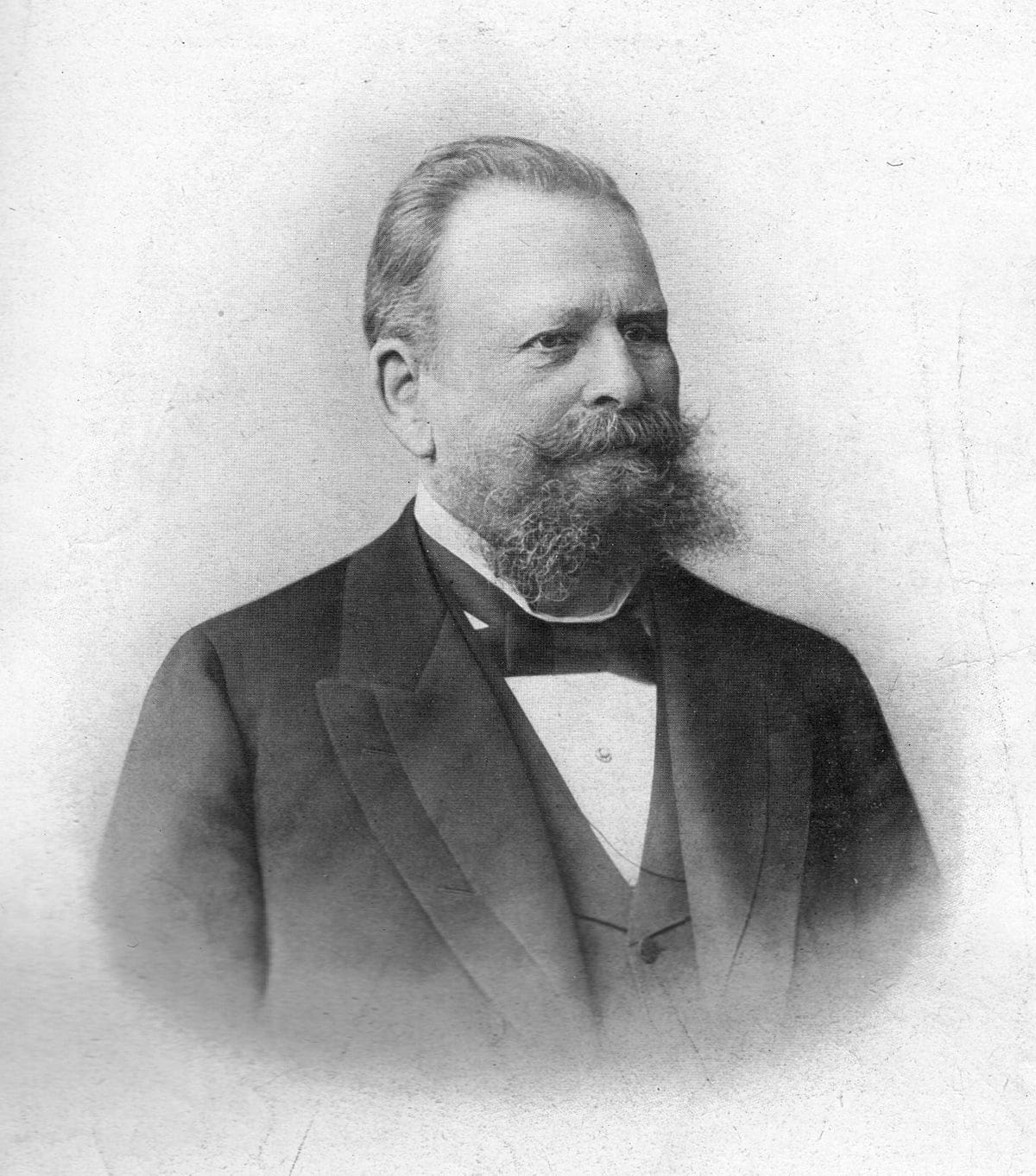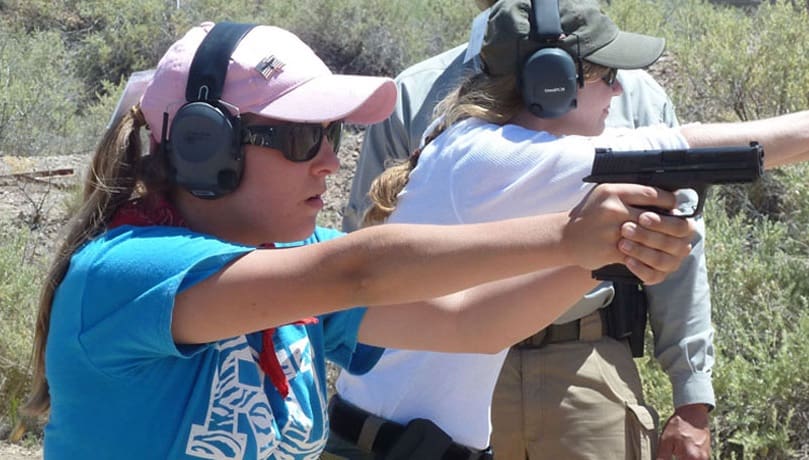To support my advertising graphics business I have a large and quite complete,photo studio set up that collapses into one wall of my shop. I’m usually shooting such exciting items as aftermarket stainless steel mufflers and racing headers, which don’t exactly blow wind up my skirt. But once in a while I shoot something that makes for a fun afternoon. My friends, and friends of friends, know I have this studio photo capability and a couple times a year I’ll get a call “I have this old gizmo I want to put on eBay. Can you shoot it for me?” If I have the studio set up, which is most of the time, I oblige. This week I got a call that was a little different: “I’m working out a trade with a museum for a couple of their Thompsons. Can you shoot some pictures of the stuff I want to trade?” . . .
The “stuff” turned out to be some guns I’ve never actually seen, others I’ve seen and not fired, and a couple I’m old friends with. All of them were high-end, extremely high quality, fully licensed, collector’s grade Class III (full auto) weapons. And they definitely did blow my skirt. Even though the majority of my time in the studio is spent shooting catalog shots, which can be pretty damn boring, I still work hard at putting quality, and maybe even a little art, into something as mundane as an exhaust header or a shift arm. I want to make them look classy. Or at least interesting.
When shooting my friend’s machine guns, however, it was a different deal. They needed no help looking interesting and once again had me questioning why I like guns.

I’ve often said that it’s not the shooting aspect of firearms that interests me, but the art and the history guns represent. And some of them, especially older ones, have curves and shapes that can only be called artistic.

However, when you look at something like a Browning machine gun, most folks would say that you’re stretching the definition of “artistic,” if you try to apply the term. Still, when I look at them, especially some of the ones in this batch, I still see an industrial sort of art in the way they are machined and the connection to history is undeniable. How can you not look at a Bren gun, for instance, and not see a Tommy staggering on shore at Normandy with it. Or see a Browning machine gun and not connect it with desperate times for America’s warriors going back nearly a century?












That looks identical to the bag that came with my Sig M400. I can vouch for using the smaller pockets for pistols, as the last time out I brought 4 pistols each with a spare mag, 3-30 Rd AR mags & M400 rifle.
Another comprehensive Joe Grine review!
One question, Joe: are you convinced of this carbine’s long term reliability, build quality and Taurus’ customer service?
Okay, three questions.
Deactivated War Trophy
http://www.urbandictionary.com/define.php?term=DEWAT
I think I had a stroke at that Broomhandle…
Someone get Nick on this, did FN sponsor any part of the movie? seeing as all the BGs carried FNs, I saw White P-90s, White FS2000 and a White SCAR H in Catching fire, and in the first movie when they’re culling the kids for the games they show a video about the revolution and there’s a sillehoute of a guy with an FAL.
So foghorn? did FN USA sponsor the movie?
James, you looked very angry at 1:33 when you lowered the gun.
This seems to me like the old adage about a boat. The only thing better than having one, is having a friend that has one. I think it’d be neat to play around with, but not something I’d use on a regular basis. Of course, I guess that goes for the AK pistol it’s attached to, as well.